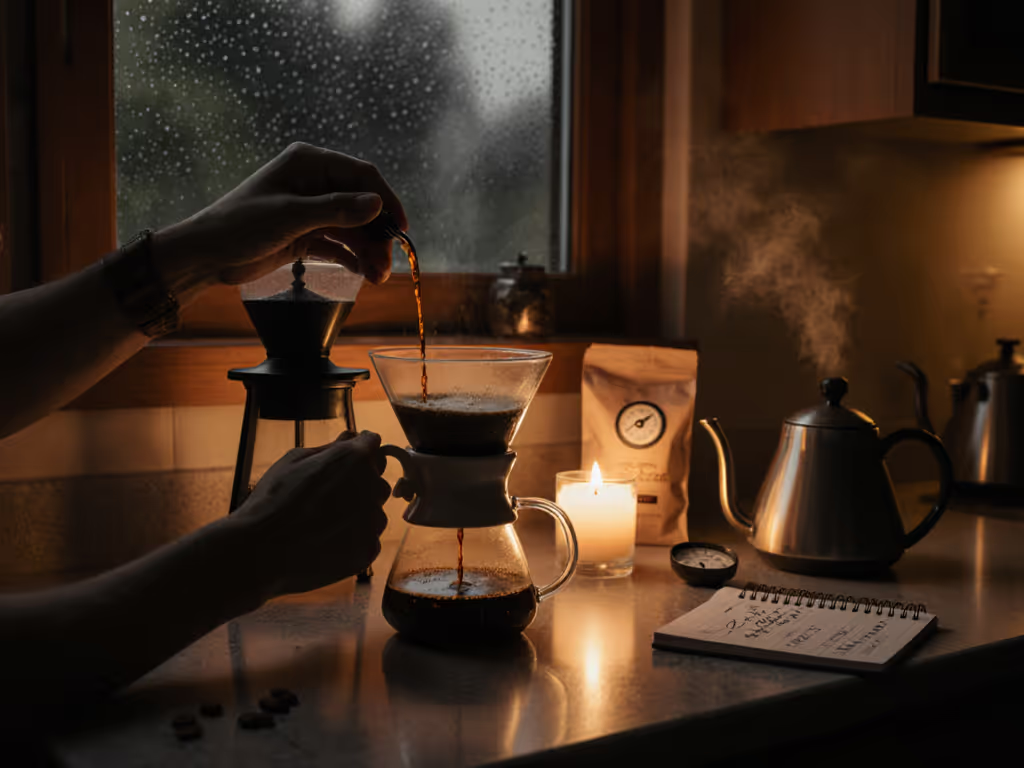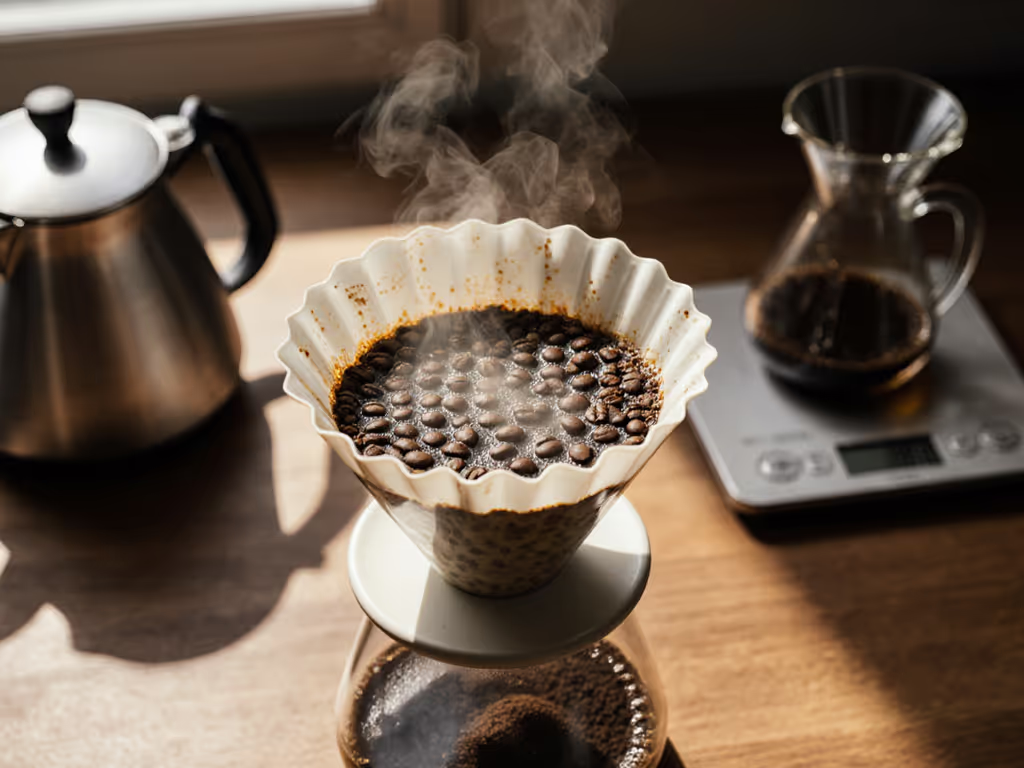
Pour-Over Science: How Extraction Affects Your Coffee
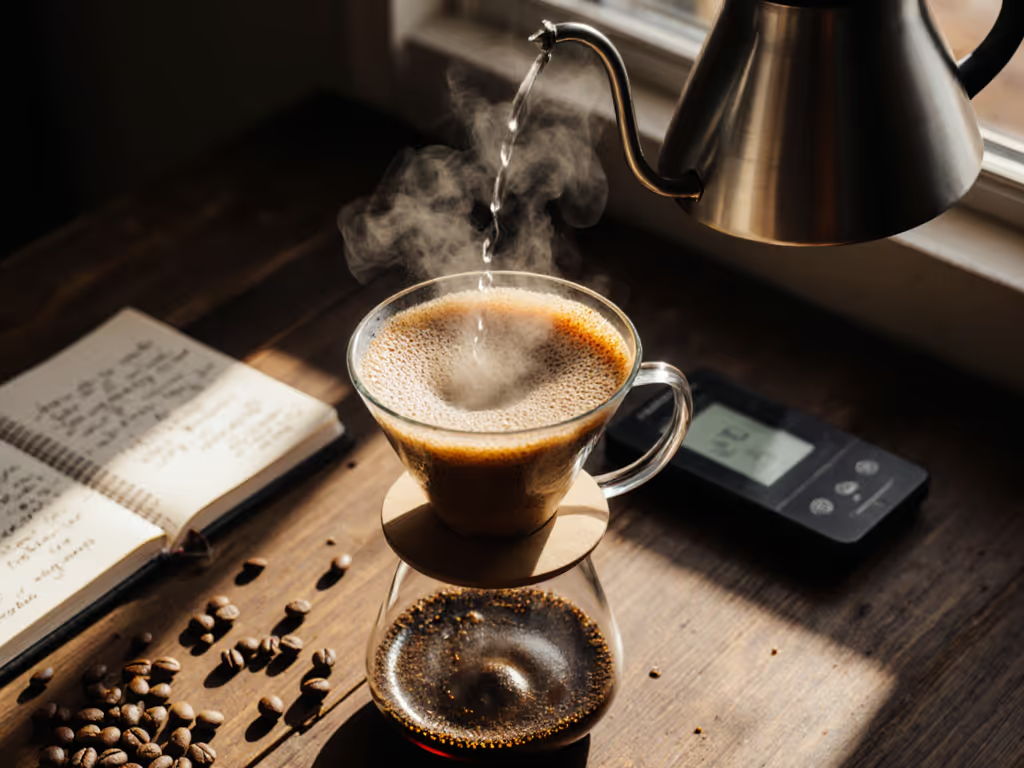
Understanding the science of pour over coffee transforms your morning ritual from guesswork into a repeatable craft. When you use a pour over coffee maker, you're not just pouring hot water over grounds; you're directing a chemical dance where every motion impacts extraction. As a workflow designer who optimizes for real homes (and hard water!), I've seen how mastering these phases eliminates weekday inconsistency. Let's break it down to the motions that matter.
The Three Phases Every Pour-Over Maker Depends On
All pour-over methods (whether V60, Kalita Wave, or Chemex) share the same extraction physics. The difference lies in how their design supports your workflow within these phases. Treat each as a checkpoint:
> Wetting: The 30-Second Foundation (0:00-0:30)
Science in action: Fresh coffee traps CO2. When hot water hits, gas escapes in a "bloom," blocking flavor extraction. In hard water, minerals accelerate this reaction, making timing critical.
Workflow hack: Use this phase for parallel tasks. Start your timer as you pour bloom water (2x coffee weight), then immediately:
- Level grounds while stirring
- Wipe dripper base (prevents spills during pours)
- Grab your mug
This is where I rinse filters while heating baby's oatmeal, zero wasted motion. If your bloom bubbles unevenly, check grind consistency: fines clump in hard water, creating dry zones. Make it easy to do right: Set a phone timer for 30 seconds. When it chimes, move to phase two.
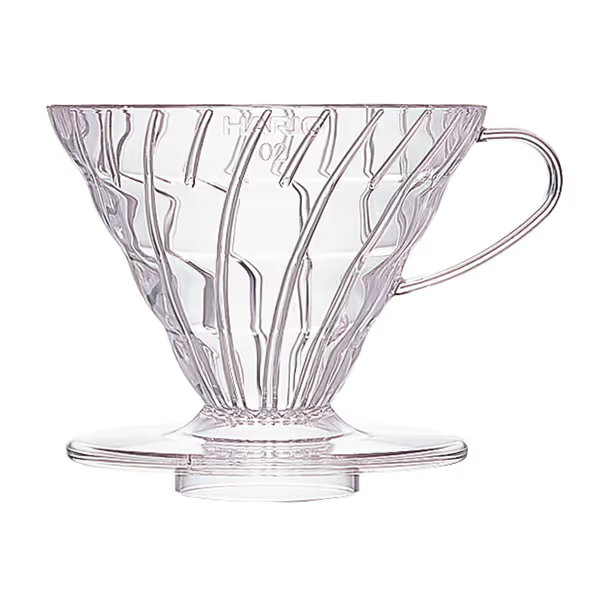
HARIO V60 Plastic Coffee Dripper
> Dissolution: The Flavor Sweet Spot (0:30-2:15)
Science in action: Good solubles (fruity, sweet notes) dissolve first. Bitter compounds follow after 18-22% extraction. This is your target (confirmed by Specialty Coffee Association studies). With hard water, alkalinity pushes extraction faster, risking bitterness.
Workflow hack: Control flow, not frenzy. Divide remaining water into two pours (70% then 30%):
- First pour (0:30-1:15): Slow concentric circles starting 1 cm from center. Goal: Maintain 1 cm water depth above grounds. In hard water, aim for 1.5x faster drawdown than soft water regions.
- Pause (1:15-1:45): Let water drain to 3 mm above bed. Use this to:
- Check kettle temperature (ideal: 195-205°F)
- Adjust grind if slurry looks muddy
- Second pour (1:45-2:15): Repeat circles at half-speed. Stop when total water hits 15 g per 1 g of coffee.
When my water tests at 120 ppm hardness, I shorten pauses by 10 seconds; my Kalita Wave's flat bed handles this without channeling. Sensory anchor: Slurry should resemble honey. Too thick? Grind coarser. Too thin? Finer.
> Diffusion: The 60-Second Finish (2:15-3:15)
Science in action: Heat pulls dissolved solubles through cell walls via osmosis. Gravity then separates coffee from grounds. Hard water's calcium binds to acids, muting brightness, so diffusion speed becomes your flavor dial.
Workflow hack: Design for stability. Once pouring stops:
- 2:15-2:45: Don't touch the dripper! Agitation disrupts diffusion. Instead:
- Clean your spoon
- Measure tomorrow's dose
- 2:45-3:15: Watch the "drawdown" (last drip):
- Ideal: 30-45 seconds for 20 g coffee. Faster? Grind finer. Slower? Coarser.
- Hard water tip: If drawdown exceeds 50 s, choose drippers with pronounced ribs (like the V60) for faster flow.
This is why I reject fussy rinses. My routine stays under 8 minutes because diffusion happens while I'm already cleaning up. Make it easy to do right: Note your drawdown time daily in a notes app. If it drifts >5 s, adjust grind before brewing tomorrow.
Your Weekday Extraction Playbook
Conflict online? Ignore generic "recipes." Use this adjustment framework based on your pain points:
| Taste Issue | Likely Cause | Motion-Saving Fix | Expected Timeline |
|---|---|---|---|
| Sour/hollow | Under-extraction | Reduce grind size by 1 click; extend bloom 5s | 1 brew cycle |
| Bitter/ashy | Over-extraction | Coarsen grind; shorten second pour by 10s | 1 brew cycle |
| Inconsistent | Water hardness | Add 15s to drawdown target for every 50ppm | 3 brews to dial |
Hard truth: Your $200 grinder's uneven particles cause 70% of weekday fails (per 2024 Barista Hustle tests). Prioritize stability over precision:
- For hard water: Use flat-bed drippers (Kalita Wave) to counter channeling from fines.
- For time crunches: Skip pre-rinsing if using oxygen-bleached filters (they're paper-taste-free).
- Cleanup win: Store dripper in carafe (no extra parts to wash).
Small Motions, Big Payoffs
Two years ago, my son's 5 AM wake-ups forced a routine rebuild. I stopped chasing "perfect" pours and started designing for calm. Now my science of pour over coffee ritual takes 7 minutes: bloom during bottle prep, two pours while oatmeal warms, cleanup while coffee steeps. Design your routine, not just your recipe.
Fewer motions equal better coffee. When you engineer pauses for parallel tasks, extraction becomes effortless, not anxious.
Your Actionable Next Step Tomorrow
Test one variable only for 3 days:
- 6:30 AM: Brew as usual. Note taste (sour/bitter/flat?) and drawdown time.
- 6:31 AM: Adjust one item: grind size, bloom duration, or pour speed.
- 6:32 AM: Log results in this format: [Taste] + [Drawdown time] + [Change made]
By Friday, you'll have a personal extraction map, not internet theory. Make it easy to do right by starting before your first sip. Your weekday pour-over deserves calm consistency.
Remember: The best pour over coffee maker isn't the shiniest, it's the one that survives your chaos with clean flavors. Small motions, big payoffs.
Related Articles

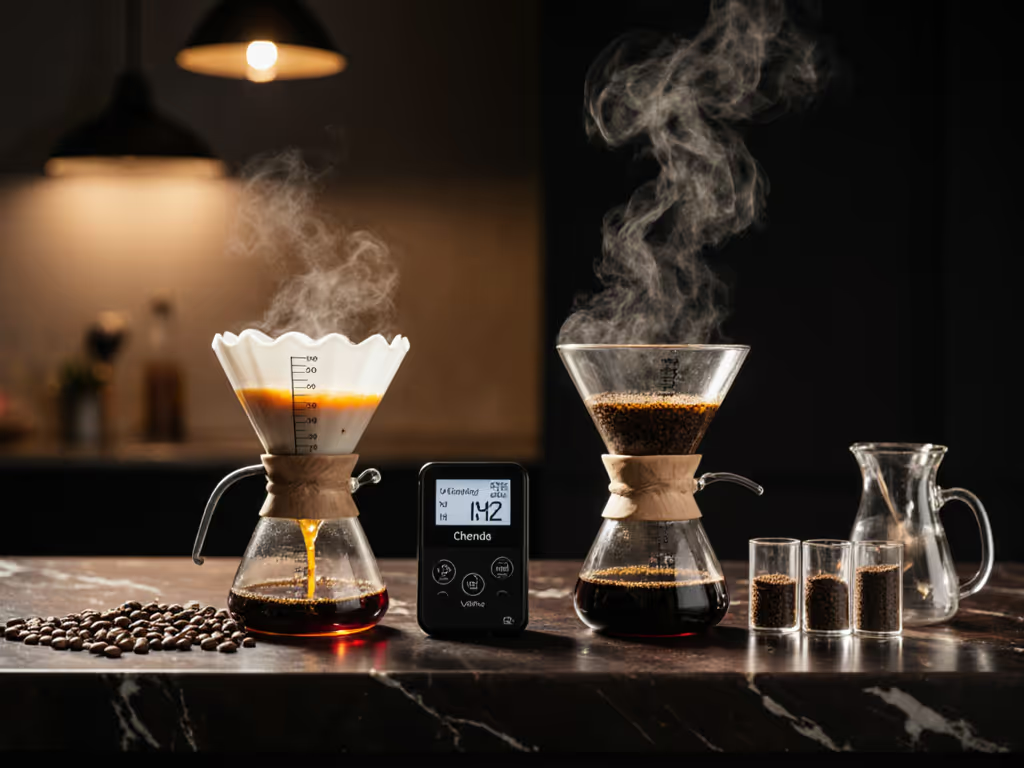
Anaerobic vs Carbonic Maceration Pour-Over Comparison
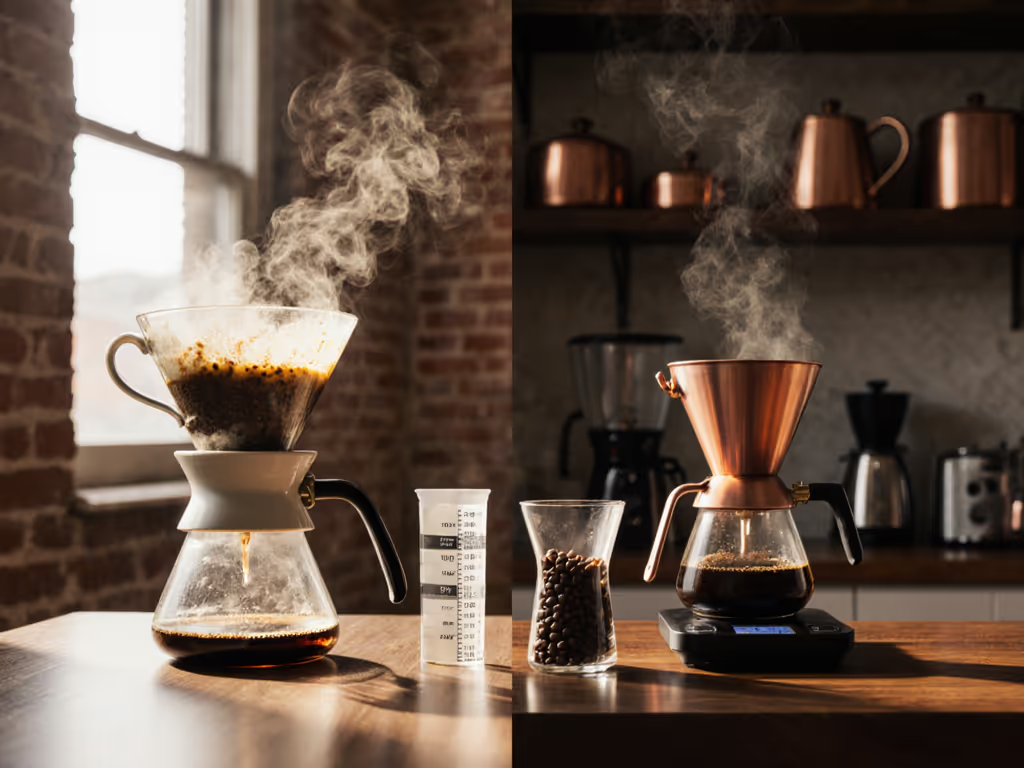
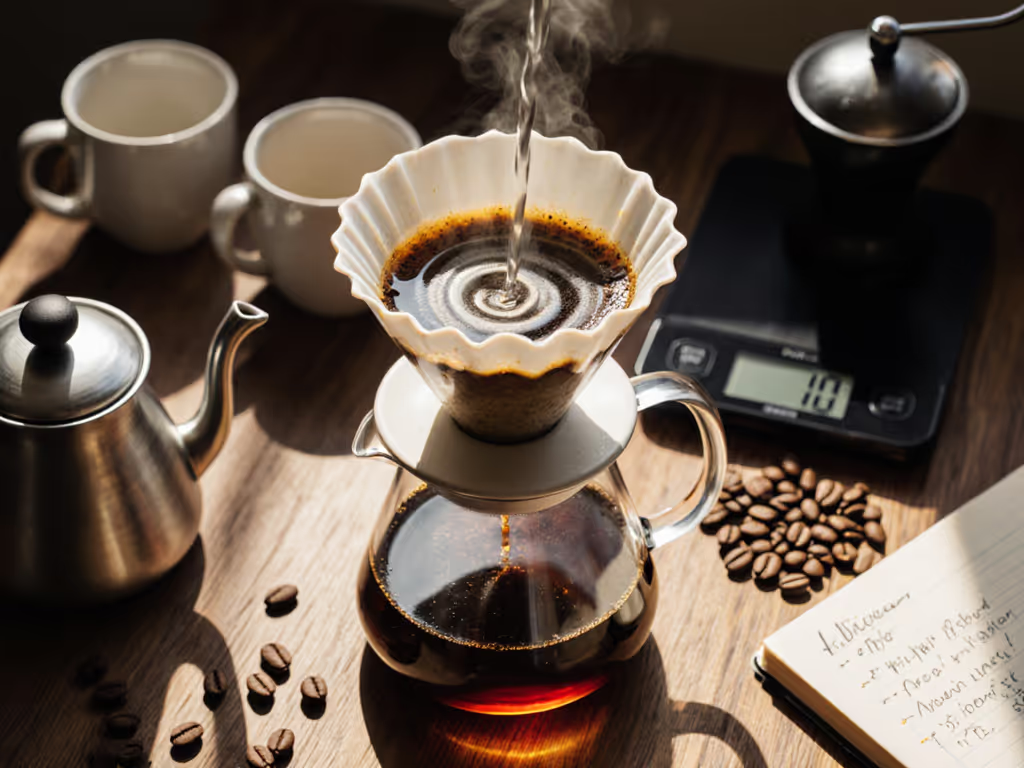
Solve Decaf Extraction: Pour-Over Techniques That Work
